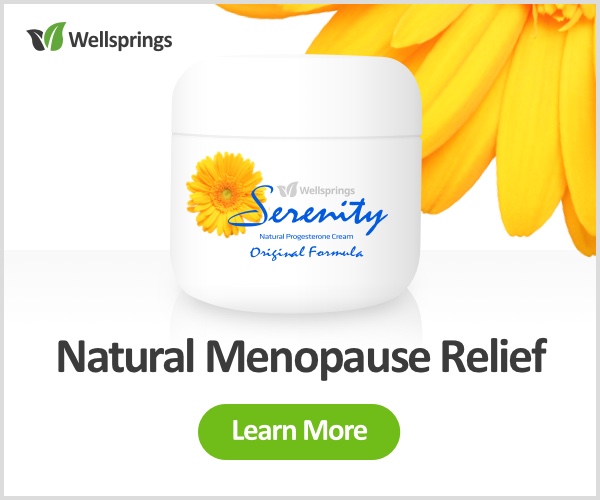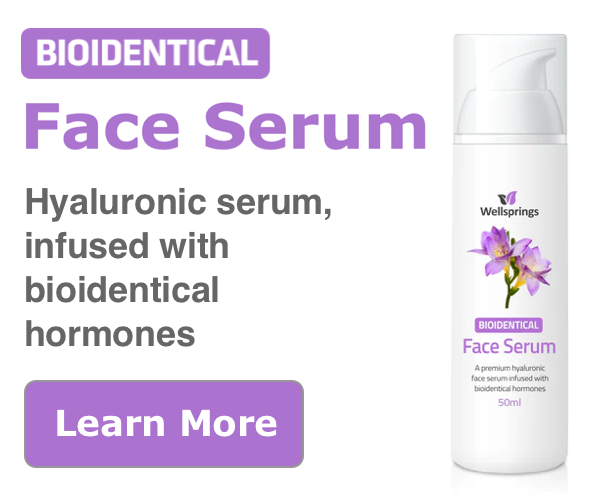Which hormone or hormones might you need?
Hormone balance is essential from puberty to post menopause but how do you know what you might need?

Women are ruled principally by two hormones: oestrogen and progesterone and the reality is we need both of them throughout our lives.
Puberty to postmenopause
It can start as early as puberty, when young women can experience symptoms such as PMS, and conditions such as PCOS or concerns about fertility.
These are related to the fact that often, although they may be menstruating regularly, they are not ovulating and therefore not producing the progesterone that they need
It is at menopause that women’s levels of both hormones drop and give rise to the numerous symptoms experienced then from hot flushes and night sweats to poor sleep and brain fog.
Unfortunately, even postmenopause women are not exempt from these symptoms. They can also be subject to an increased level of anxiety and stress and so hormone balance is still needed – even when you may well have thought it was all behind you.
Hormone balance
In the past the balance between our two essential hormones could be more easily maintained as women continued to produce oestrogen from their fat cells and progesterone in the adrenals, but the balance has shifted.
Oestrogen itself is not a villain, but the excess oestrogen not balanced by progesterone is what can cause problems and this balance is what the body naturally needs.
However, this balance has been upset as women have been exposed over the last 50 years since the advent of synthetic hormones in the Pill/Coil and HRT and the xenoestrogens in our environment and food chain.
This was the situation that led the late John Lee, MD to describe what he saw in his patients as oestrogen dominance.
This is a situation that occurs where progesterone levels are lower than oestrogen and so not able to balance out the effects of their excess.
What is less commonly realised is that women can have low oestrogen levels and still be oestrogen dominant if their progesterone levels are even lower.
Who needs progesterone?
Women need both hormones from puberty to post menopause and there are many conditions identified where progesterone may need to be supplemented.
These are the most commonly seen conditions where progesterone supplementation is helpful:
-
-
- PMS
- PCOS
- Infertility/Miscarriage
- Baby Blues/Post natal depression
- Heavy bleeding
- Endometriosis
- Fibroids
- Menopause symptoms such as hot flushes, sweats, anxiety, mood swings, bloating, weight gain
Who needs oestrogen?
Women with vaginal atrophy or dryness and discomfort all benefit from additional oestrogen as do women who have found that progesterone alone does not fully control severe menopausal symptoms.
Dr Jeffrey Dach in the USA has also found that menopausal women with depression and anxiety benefit from additional oestrogen, but always balanced by progesterone.
How to decide what you need
The key role of progesterone is to protect from the excess oestrogen that can lead to breast cancer, heart disease and more.
Essentially its role is to balance out oestrogen so that it:
-
-
- Protects the breast and endometrium
- Helps break down fat, stabilises blood sugar and is a natural diuretic
- Anti-depressant and increases libido
- Helps fertility and women with history of miscarriage
- Facilitates thyroid function
- Builds up bone
Younger women need progesterone to help with the symptoms of PMS, PCOS, period problems and fertility.
Generally, menopausal and post menopausal symptoms such as hot flushes, anxiety, weight gain and sleep issues do need progesterone and, if at risk, to also protect the bones from osteoporosis.
Women who may need a combined cream with both progesterone and oestrogen are those with symptoms such as vaginal dryness or severe symptoms not responding to progesterone alone.
Post menopause lower hormone levels may be needed, as well as additional elements such as vitamin D, magnesium and zinc to help with the increased levels of anxiety and stress that are often present at that time.
Those on long term HRT – or after a hysterectomy – usually do better on a combined cream when they switch to bioidentical hormones.
This helps to prevent the symptoms that can occur on withdrawal of either the synthetic hormones or the ceasing of their own hormone production after surgery such as a hysterectomy.
Women with vaginal atrophy always need additional oestrogen in the form of a separate cream until it is under control or improved when they can then use a combination cream.
Helpful information:
I hope this has helped you be clearer about the role of both hormones, and where you may need a little help.
Whether you need oestrogen, progesterone or both will depend on your symptoms and their severity but if you’re not sure then email support@wellsprings-health.com for more assistance.
-
-


















